GC-Analyzer
Use GC-Analyzer to detect minor differences between a sample and control. GC-Analyzer compares all detected fragment ions which allows the detection of very small differences either free from interferences or buried under large peaks. After Differential Analysis the program will run advanced deconvolution to cluster all detected ions into components. NIST MS Library search is used to automatically identify all detected components.
GC-Analyzer can also be used for Deconvolution and Identification of a single sample.
Software Features:
Import and Graphical Exploration
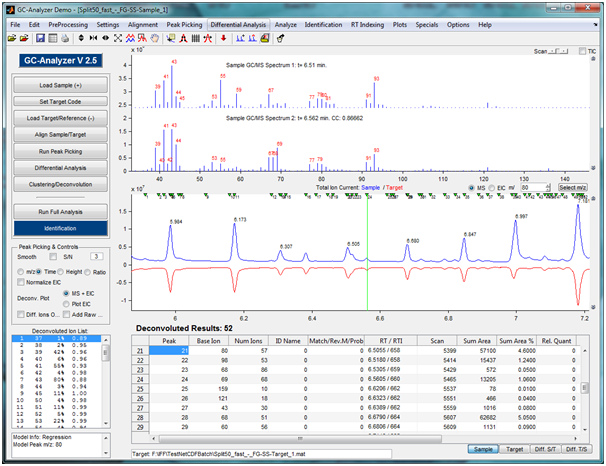
Import data from all major vendors. Compare mass spectra and extracted ion currents from sample and control graphically and decide whether alignment will be necessary. In very difficult situations, you can use manual deconvolution to find ions belonging to the same component. When necessary, use non-linear spline fitting to align sample and control based on selected marker peaks.
Peak Detection
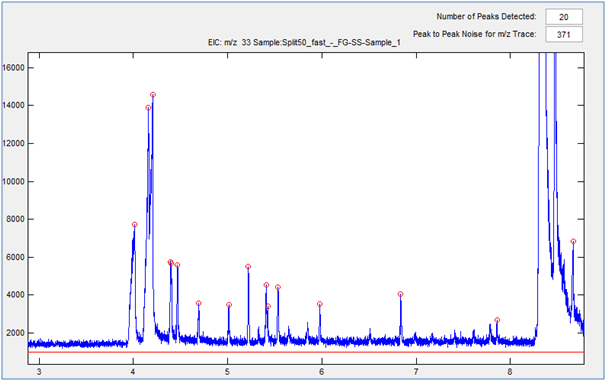
GC-Analyzer detects all significant ions in your data file having true chromatographic peak shapes in just a few seconds. Peak Detection is optimized using an interactive module to quickly set all relevant parameters. Ions having equal shape and retention times will be deconvoluted into real components.
Differential Analysis
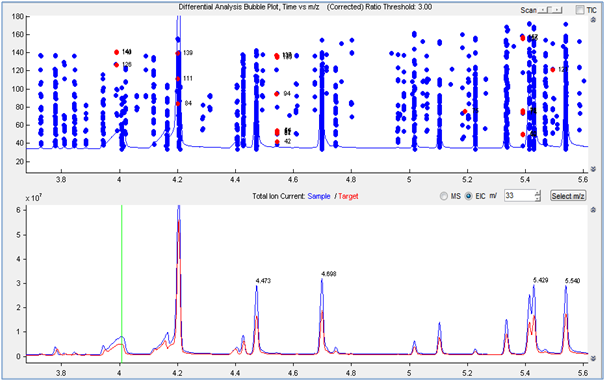
Run Differential Analysis or Comparative Analysis to find all components that are different between sample and control at a very low level. Great for Product Control or Trouble Shooting. The Dot or Bubble plot easily lets you explore all ions that are different. All graphs are highly interactive.
Deconvolution
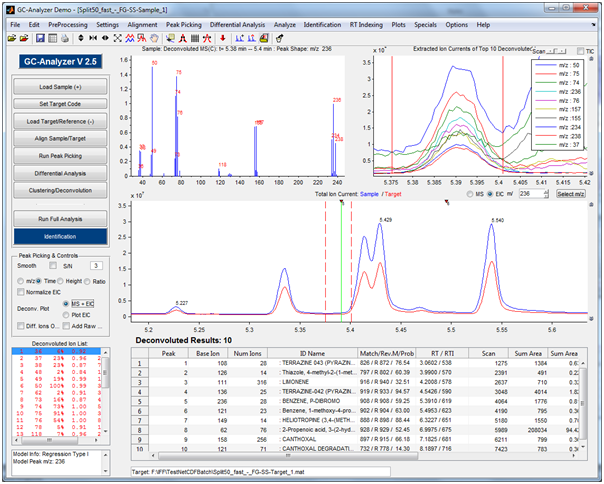
Probably the most difficult step in GC/MS data analysis is Deconvolution. GC-Analyzer uses different levels of deconvolution depending on the complexity of the data. Results of deconvolution can be viewed for all detected components or using only differential peaks. After this step deconvoluted spectra are submitted to the NIST MS Search program to run a full identification.
Identification
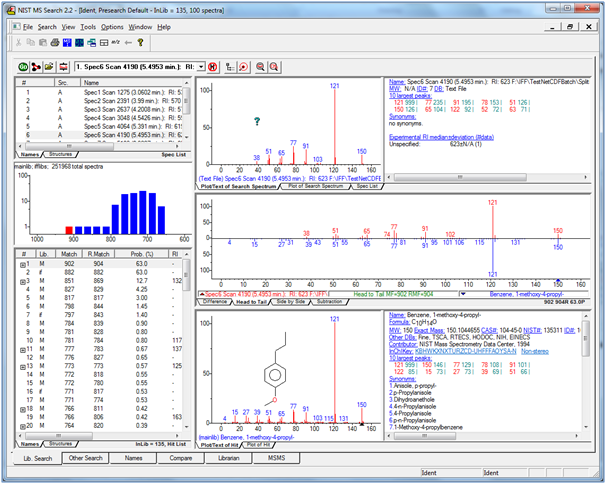
GC-Analyzer links directly with the NIST Search program. Identification can be done based on the full data set or just a single selected peak.

